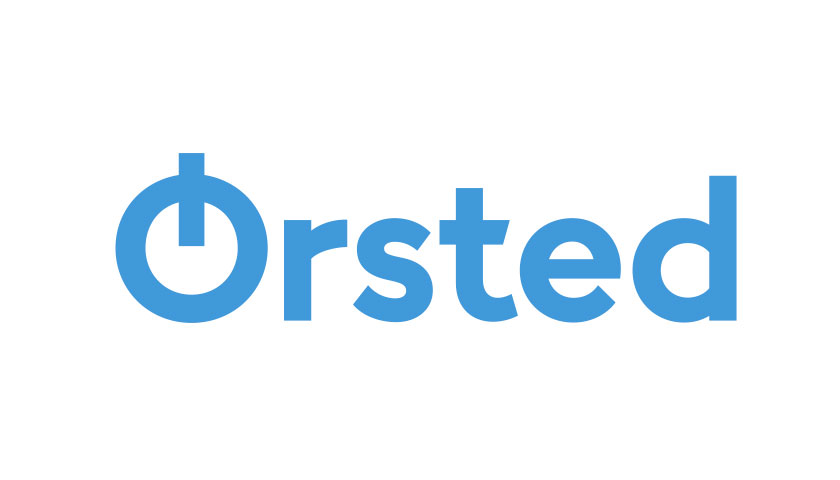A global transformation towards green energy is needed to keep temperature rise below 1.5°C and avoid uncontrollable climate effects. Sustainable finance is vital to the transformation, as it helps to fund green assets such as renewable energy that can displace planet-warming fossil fuels.
“Transforming global energy systems from black to green will require sustained, large-scale investments. This is creating opportunities for investors to back projects with demonstrable climate benefits and spurring the transition to a low-carbon economy,” says Rasmus Skov, Head of Sustainability at Ørsted. “A world that runs entirely on green energy is a key battle to win the fight against uncontrollable climate change.”
Taiwan, for instance, has set ambitious renewable energy targets. In 2018, the Taiwan government contracted Ørsted, the world’s leading offshore wind developer, to build the 900MW Greater Changhua 1 & 2a offshore wind farms, off the country’s west coast. These wind farms are big enough to supply around one million Taiwanese households with clean power.
Low-risk route to renewables
“Taiwan is eager to expand its share of renewable energy. The country’s financial institutions want to be a part of that green transition, but up until now there have been limited opportunities to get directly involved in offshore wind. The financing of Ørsted’s offshore windfarms offers a simple and transparent opportunity for local banks, which will ultimately help to secure clean power for local consumers,” says Kasper Kiim Jensen, Senior Director of Treasury & Funding at Ørsted.
To draw sustainable finance into the Changhua projects, Ørsted launched a green loan facility worth NTD 25 billion (USD 800 million). The facility has proven popular and attracted funding from 15 local and international banks, eight of which are state owned banks that are financing offshore wind for the first time.
The facility enables Ørsted to withdraw or repay amounts as needed for construction of the Changhua projects, providing greater flexibility than traditional lending models. Drawing loans in local currency helps guard against volatility in the Taiwanese dollar, reduces complexity and lowers Ørsted’s overall risk.
A model for green finance
“The facility is the first in green format in the Taiwanese market and fits with our ambition to finance purely green going forward. It aligns with local banks’ desire to participate in the green transformation and can contribute to developing green financing in Taiwan. The facility also helps Ørsted to build strong links with the local financial market,” says Kasper Kiim Jensen.
The green loan facility is the first such offered by a Danish company and marks the first time Ørsted establishes a green facility. It is part of Ørsted’s commitment to only finance green, and supports the company’s strategy to invest up to USD 30 billion exclusively in green energy towards 2025.
Under the terms of the green loan facility, Ørsted will report to the Taiwanese lender banks on use of the funds, and the capital expenditure and avoided carbon emissions from the relevant projects.
Green loan market picks up
Demand for sustainable finance is rising as governments and companies push to reduce their carbon emissions and meet global climate targets.
According to research by BloombergNEF, a record $247 billion worth of sustainability-themed debt instruments were raised in 2018, of which the majority was green bonds of $182.2 billion and sustainability-linked loans of $36.4 billion. Green bonds grew by 5%, while sustainability-linked loans boomed by 677%, in 2018, as compared with 2017.
“As sustainable finance expands, investors will want to know more about the climate-impacts of their investments. By disclosing on climate risks, companies can help investors make informed decisions and attract much-needed capital for the green energy transformation,” says Rasmus Skov.
To increase transparency and help investors understand the company’s approach to green financing, Ørsted has created a Green Finance Framework, which includes green loans and green bonds. The Framework is allocated a dark green shading in the Second Opinion by climate think-tank CICERO’s Shades of Green, which is the best a framework can achieve. Ørsted also supports the Task Force on Climate-Related Financial Disclosures.

